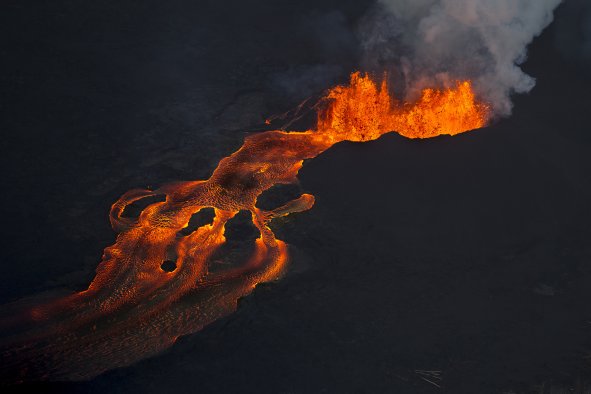NASA has proposed shooting at the moon to further our understanding of what it's made of.
The out-of-this-world plan would involve an astronaut or rover using a special gun to shoot sensors into the soil. This would allow detailed analysis of its chemistry over a wide area, NASA scientists suggested at the 37th International Geological Congress 2024.
These sensor bullets would be miniaturized spectrometers, which would use a special type of diffraction called Fresnel diffraction.
Spectroscopy has been used for decades to figure out what things out in space are made from, and involves analyzing the light emitted, absorbed, or scattered by materials to gain information about their composition, structure, and properties. The fundamental principle behind spectroscopy is that different elements, molecules, and materials absorb and emit light at specific wavelengths or frequencies, creating a unique spectral "fingerprint."
Fraunhofer diffraction occurs when the detector is far from the diffracting object, with sensors often having to be larger. Fraunhofer diffraction has been the leading form used in space spectroscopy research thus far. However, Fresnel diffraction occurs when the detector is relatively close to the diffracting object, meaning that a sensor can be much smaller. This is the form that the NASA scientists suggested could be used in these strange sensor bullets.
Using a compressed gas gun, astronomers or lunar rovers would fire several of these spectroscopy bullets into the lunar soil across a large area, and it could tell us exactly what it's made of without the effort of hand-digging a hole in the regolith.
The moon's regolith is the layer of loose, fragmented material made up of a variety of materials that have been broken down by billions of years of meteoroid impacts, solar wind, and other space weathering processes. The composition and properties of the lunar regolith vary depending on its location, with the mineral plagioclase feldspar being common in the lunar highlands, which are rich in anorthosite, and minerals pyroxene and olivine being found primarily in basalt-rich regions (maria).
The lunar south pole—where the Artemis missions plan on landing—contains craters that are permanently shadowed, meaning sunlight never reaches them. These regions are incredibly cold, and scientists believe that they contain significant amounts of water ice trapped in the soil. Additionally, the soil of the lunar south pole could offer scientific insights into the moon's formation and early solar system history.
These bizarre bullets could also be used to analyze the soil of Mars, or even shot into asteroids from an orbiter, the researchers suggest. It could also be used on Earth to enable quick and low-effort analysis of an area's geology.
However, NASA has not yet announced any real intentions to take this proposal from science fiction to science fact.
Do you have a tip on a science story that Newsweek should be covering? Do you have a question about the moon? Let us know via science@newsweek.com.
Disclaimer: The copyright of this article belongs to the original author. Reposting this article is solely for the purpose of information dissemination and does not constitute any investment advice. If there is any infringement, please contact us immediately. We will make corrections or deletions as necessary. Thank you.



